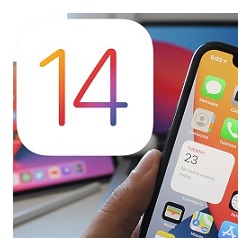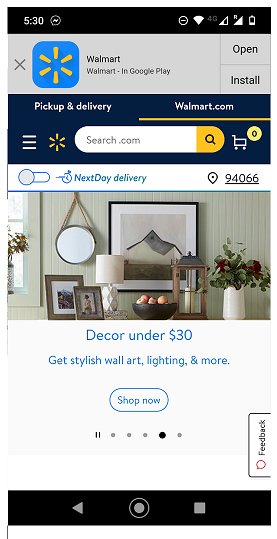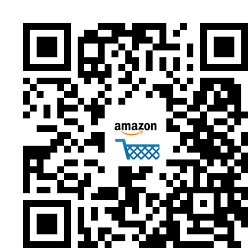
The release of iOS 14 and Apple’s updated privacy framework may feel like the end of app install marketing as we know it. But Apple’s decision to postpone enforcement of these requirements until 2021 also opens a window of opportunity for app marketers to invest in organic app install strategies. Done right, organic install strategies can be used to complement and even offset the losses expected from the paid media channel, while also lowering your overall cost per install rates. This is the perfect time to consider your options. Here are a few strategies to get started on right away.

The decline in app installs through paid ads and retargeting will require your marketing team to make up the loss using other marketing channels. Your website is the first place to look. After all, it already brings you a targeted and relevant audience, from all marketing channels you invest in – SEO, SEM, Email, Social, Offline. If you do not serve an app banner at the top of your most popular pages, you’re losing a massive opportunity to serve a contextually relevant app ad that can increase your organic installs while reducing your overall cost per install rates.
Plus while iOS 14 restricts your ability to attribute a user’s app install to ad impressions on third party ad networks, your own website and first party data give you more options. For example, you can learn which content and pages of your site drive the most impressions and app installs without relying on IDFA at all.
If you currently have app banners make sure they are visible on all browsers across iOS and Android. Apple smart banners, for example, are not visible on Android devices and most app banner solutions for iOS and Android are not even visible when your web site is viewed by an embedded browser like those found in apps like Facebook, Instagram, and LinkedIn. That limited visibility negatively impacts organic installs and your install velocity which is an important SEO signal for app store optimization and rankings. The result is an app banner solution that has limited effectiveness. Now that your paid media channel will become less efficient with the release of iOS 14, implementing an SEO-friendly app banner solution is especially important.
As your app installs decline from your paid ad channel, consider new innovative linking strategies to promote your app from any channel. Rather than promote two separate URLs for Apple App Store and Google Play, you can be more efficient and promote a single, intelligent app install link that will route your visitor to the right app store depending on the device clicking the link. You can also include attribution tags using the tools provided by Apple and Google.
To increase organic installs with this method, identify your touchpoints that encounter Android and iOS customers and give customers a single intelligent link that gets to the right app store:
The more accessible and familiar you make your app store link across different marketing channels, the more you can increase app discovery and organic app installs to make up for any loss in paid installs.

As you rely less on paid ads, you and your team will need new ways to promote your app. Consider strategies that leverage QR codes as useful shortcuts to drive organic app installs.
For great examples of this, consider the creative ways Amazon has used QR codes in their holiday toy catalog to compel shoppers to want to install (and use) the Amazon shopping app. Within the context of a print catalog, Amazon’s QR codes act as a shortcut to enable impulse shopping. As a shopper you can scan a QR code to access pricing (in the app), reviews (in the app), category-filtered pages (in the app), order history (in the app), live chat (in the app), etc. See the theme? The app is advertising itself as a contextually relevant, useful must-have technology for the shopper. The QR code simply provides a frictionless way to install the app and provide attribution data back to Amazon on what drove the install.
What capabilities does your app offer that are unique to you and/or are difficult to experience without your app? How can you make customers feel they are missing a vital experience unless they install your app? Are there opportunities where you too could leverage your print marketing, your physical signage, or real world customer touchpoints to create desire to install your app. This kind of experience marketing is where iOS 14 is taking you as a mobile marketer.
Will the transition to an app install ecosystem free of privacy invasive tracking be easy? No it will not. But it is an opportunity for you to future proof your mobile growth strategies and to win customers from your competition. Start by focusing on the many organic opportunities in front you. But get started now while you still have time.
Categories
Submit a Comment